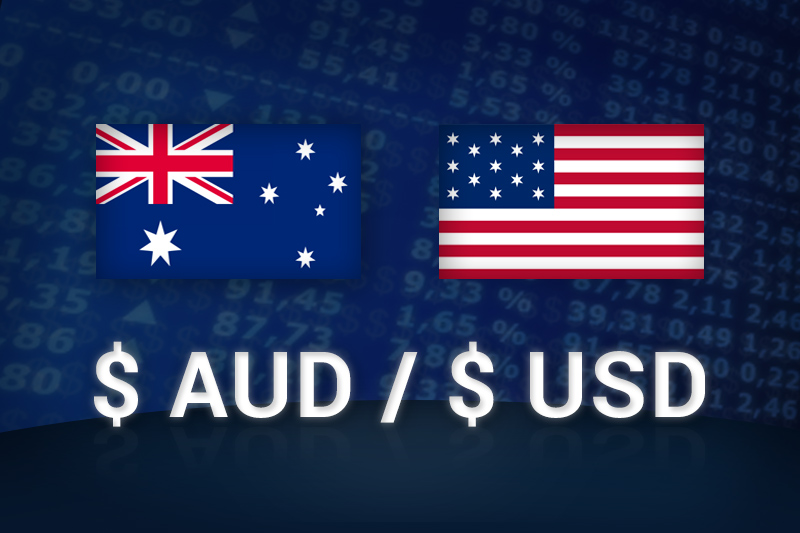Investing.com - The Australian dollar edged up against its U.S. counterpart on Monday, trading near two-and-a-half week highs after the release of mixed Australian data, while demand for the greenback remained under pressure after Friday's jobs data.
AUD/USD hit 0.9213 during late Asian trade, the session high; the pair subsequently consolidated at 0.9197, adding 0.08%.
The pair was likely to find support at 0.9038, the low of September 4 and resistance at 0.9345, the high of June 26.
Data showed that job advertizements in Australia fell 2% in August, after a 1.10% decline the previous month.
A separate report showed that Australia's home loans rose 2.4% in July, beating expectations for a 2% increase, after a downwardly revised 2.6% rise the previous month.
Separately, improved trade data out of China over the weekend added to indications that the world’s second largest economy is recovering from a slowdown. Data on Sunday showed that Chinese exports were 7.2% higher year-over-year in August, up from 5.1% in July, and imports were up 7%.
Data on Monday showed that Chinese consumer price inflation was up 2.6% year-on-year in August, in line with expectations.
China is Australia's biggest export partner.
Meanwhile, the greenback remained under pressure after lower-than-expected U.S. nonfarm on Friday dampened expectations that the Federal Reserve could start to pull back stimulus measures later this month.
The Aussie was higher against the euro with EUR/AUD slipping 0.10%, to hit 1.4329.
AUD/USD hit 0.9213 during late Asian trade, the session high; the pair subsequently consolidated at 0.9197, adding 0.08%.
The pair was likely to find support at 0.9038, the low of September 4 and resistance at 0.9345, the high of June 26.
Data showed that job advertizements in Australia fell 2% in August, after a 1.10% decline the previous month.
A separate report showed that Australia's home loans rose 2.4% in July, beating expectations for a 2% increase, after a downwardly revised 2.6% rise the previous month.
Separately, improved trade data out of China over the weekend added to indications that the world’s second largest economy is recovering from a slowdown. Data on Sunday showed that Chinese exports were 7.2% higher year-over-year in August, up from 5.1% in July, and imports were up 7%.
Data on Monday showed that Chinese consumer price inflation was up 2.6% year-on-year in August, in line with expectations.
China is Australia's biggest export partner.
Meanwhile, the greenback remained under pressure after lower-than-expected U.S. nonfarm on Friday dampened expectations that the Federal Reserve could start to pull back stimulus measures later this month.
The Aussie was higher against the euro with EUR/AUD slipping 0.10%, to hit 1.4329.
